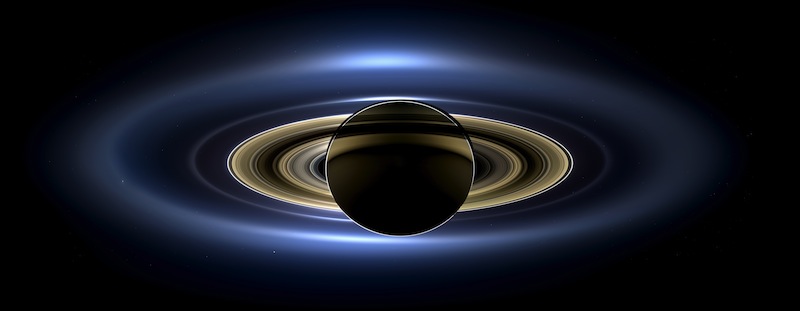NASA released an image of Saturn this week it described as the first-ever portrait of the ringed planet to include its moons, Earth, Venus and Mars all in the same stunning shot.
The imaging team of NASA’s Cassini spacecraft worked with 141 wide-angle images that together sweep 404,880 miles across Saturn to create the natural-color panorama “as it would be seen by human eyes,” according to a statement from NASA.

The images were taken from a distance of about 746,000 miles, and each pixel represents 45 miles of Saturn’s terrain, according to NASA.
The picture combines images taken with Cassini’s red, green and blue spectral filters; NASA describes the result as a “natural-color view.” But there are enhancements to make things easier to see. Earth, Mars and Venus are 8.5 times brighter than Saturn, as are the Saturnian moons Enceladus, Epimetheus and Pandora. Tethys, another moon, is four times brighter.
The image marks only the third time Earth has been photographed from the outer solar system. The first time was in 1990, when Voyager 1 took the now-iconic “pale blue dot” image of Earth from beyond Neptune’s orbit. The second time was in 2006, when Cassini took a picture of Earth as a blue point of light between Saturn’s rings.
Fo more information about what can be seen in the new Cassini image (where each of its moons are visible, for example) check out NASA’s detailed breakdown here.






